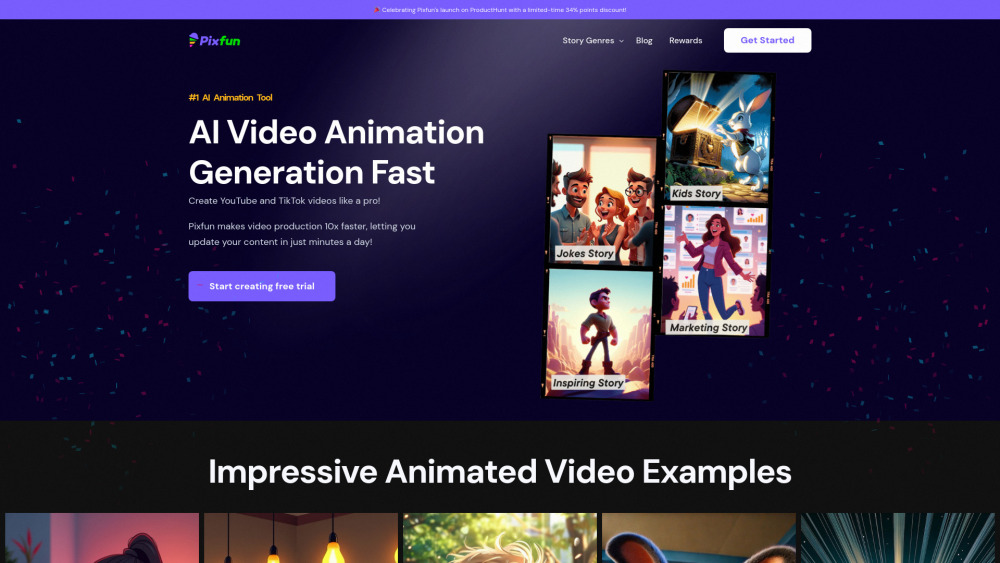Blackshark.ai has successfully created a digital twin of Earth and is now set to further democratize the previously exclusive realm of geospatial intelligence. Following its nautical theme, the new Orca Huntr tool utilizes AI to find and track objects from orbit, designed for ease-of-use that even a child—or a member of Congress—could navigate.
In a recent announcement, the company revealed $15 million in new funding to support this innovative venture.
Originating in the gaming industry, the startup brings a fresh approach to interpreting and employing orbital and aerial imagery. A 2020 article detailed how they developed the digital twin of Earth, and in essence, they established a centralized system capable of analyzing varied imagery over time and origin. “From day one, we had to design technology flexible enough to digest all this data,” said CEO Michael Putz in an interview about the tool and funding. They aim to enable users to derive more value from this digital Earth without the need for a PhD in machine learning—or even any programming experience.
While no-code geospatial AI solutions may seem like buzzword bingo, experiencing the product firsthand showcases its potential impact. Its complexity is concealed beneath an impressively simple interface: you simply draw on the image where you want to find more details, and the system promptly identifies other instances of that element. It's that straightforward.
Indeed, labeling objects with a few strokes refines the model in near real-time. After tagging specific features, the model could identify all the F-35s within a given state.
There are additional functionalities, such as using a different color to indicate "not this part" and a few adjustable settings for advanced features. However, the core mission of Orca Huntr is to empower anyone who can use a mouse to essentially construct a machine learning engine to detect various instances of features—whether it's in the imagery you upload or across the planet.
For instance, if you wish to pinpoint buildings with solar panels, simply draw on them. Need to outline burned areas in wildfire zones? Draw on them. Counting fishing boats in an ocean region? Just draw. And if you need to identify enemy assets, mark them out securely.
Traditionally, this type of object detection demanded substantial time, effort, and expertise. The labeling process for extensive imagery is outdated and often outsourced—a multibillion-dollar industry. This involves hiring firms to painstakingly annotate hundreds of images, which can take weeks and substantial expenditure. For military intelligence tasks, internal management is required, and that often means hiring specialized teams, which many organizations lack.
During a demonstration of the technology, Putz highlighted how their method varies from typical annotation and object recognition services. “We’re not trying to fully automate it; we’re using intelligent human input, which other solutions often overlook. The AI is never 100% accurate, so we refine it... while others stick to traditional labeling practices,” he explained. Rather than sending work off to external professionals, Orca makes it user-friendly, more precise, and secure—enabling any user who can handle a mouse to detect features efficiently.
If the jet-detection algorithm's accuracy is only 80%, previously, you would need to give feedback with another hundred annotated images and wait for the results. With Orca Huntr, it could be as simple as one additional brush stroke—the model updates in real-time, letting you see instant improvements. This approach evolved from the very tools they employed (which they declined to disclose) while creating Earth’s digital twin for Microsoft’s flight simulator.
“Using Orca, you begin to grasp how AI functions, what training involves, and how to annotate to achieve desirable results,” Putz stated. “It’s genuinely engaging to experiment with—like a challenge to see how few strokes you need.”
This innovation significantly simplifies and speeds up the common task of “finding all instances of X in a set of images,” appealing to realtors, developers, government agencies, scientists, and military analysts alike. Despite this capability enabling self-sufficiency, Putz noted a rising demand from clients seeking comprehensive solutions.
“We initially aimed to provide a thin horizontal layer, but customers ultimately seek us to extend our services vertically,” he mentioned. For example, a wind farm developer might utilize the tool to identify optimal locations for turbines, but they often request more—like providing imagery and constraints to Blackshark.ai to not just pinpoint locations but also create line-of-sight visualizations and other real-world considerations.
Putz elaborated, “We can position a wind farm anywhere globally in 3D and integrate it into Unreal Engine to demonstrate to municipality officials how it wouldn’t be visible from key vantage points.”
Interestingly, governments worldwide, despite the user-friendly interface, often lack the necessary familiarity with such technology. The past decade of AI and data investment has produced varied results, with many tools proving too costly or ineffective.
“A key insight for me has been recognizing the importance of government clients—not just intelligence agencies, but also environmental and coastal agencies—after all, they are vital stewards of our planet,” Putz emphasized.
What distinguishes Blackshark.ai is its unique access to Maxar's extensive satellite data archive, covering various eras and satellite types, invaluable for training models and enhancing contextual datasets. Putz cited the resilience of their systems and their compatibility with diverse data types as significant strengths.
This versatility might even extend beyond orbital imagery. As Orca Huntr functions as a model for developing models, it could potentially apply to areas beyond planetary imaging, such as identification tasks in microscopic industrial or medical images.
“I believe it could transition into radiology, aiding doctors in marking tumors. I just reached out to a potential investor to connect me with OEMs for testing in that sector,” Putz shared. He also remarked on a request aimed at identifying penguin colonies in Antarctica—areas famously visible from space.
The latest features were made possible by the $15 million in funding from existing investors, including Point72 Ventures, Microsoft’s M12 Venture Fund, and Maxar. New investors include In-Q-Tel, Safran, ISAI Cap Venture, Capgemini’s VC Fund, Einstein Industries Ventures, Interwoven Ventures, OurCrowd, Gaingels, and OpAmp Capital, boosting their total funding to $35 million.
It’s noteworthy when major tech, space firms, and In-Q-Tel align in investment, indicating a convergence of interests and opportunities.
You can try the tool yourself starting December 4, available to paying customers. Details on pricing remain undisclosed.




